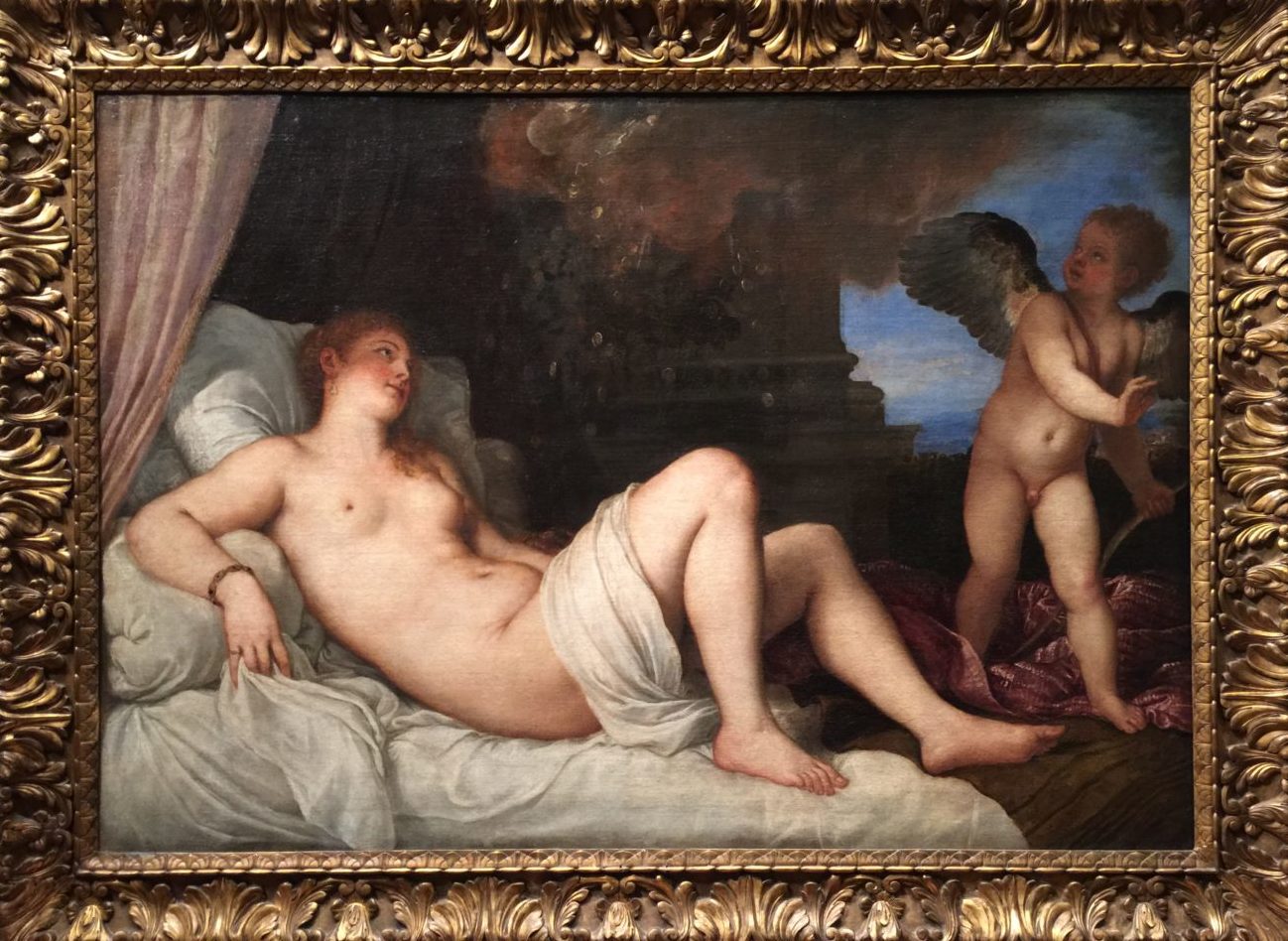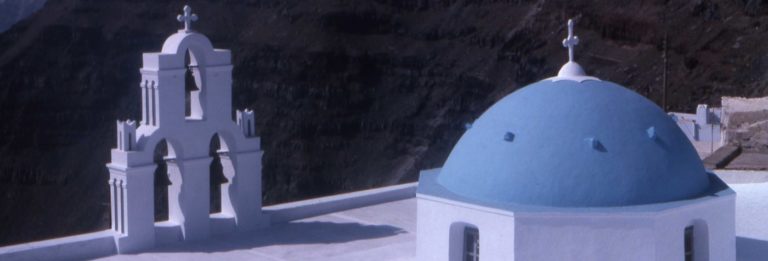A world away from Venice, Athens is its own singular travel experience. We all took tenth grade world history and remember the “Glory that was Greece”. It is still in evidence. When you consider most of the monuments you are visiting were built with beauty and precision about 2,500 years ago, you have to wonder what they knew that we still do not.

The center of the action is the Acropolis, home of the iconic Parthenon, or the temple of Athena. For an introduction by renown historian, Mary Beard, The Parthenon
You’ve seen the pictures. Yet, in your mind’s eye, imagine the temple completely reconstructed, with a 40 ft tall statue of Athena, holding an eight foot tall statue of Nike, goddess of victory. (You can find replicas and artist’s renderings on the Internet if you search for “Parthenon statue of Athena”.) It must have been something.
Completed in 438 BC, the Parthenon lasted all the way until 1687, when a Venetian artillery shell ignited the explosives stored there by the Turks. The Athenians are still picking up and sorting through the pieces. The Museum of the Acropolis is in a neighborhood nearby. (Bernard Tschumi: New Acropolis Museum (Museum Building)) You can see their exhibit of the original architecture and sign the petition for the return of the Elgin Marbles from the British Museum, so they can put the Parthenon back together again. For a recent reinterpretation of the spectacular sculptures, challenging our understanding of Ancient Greece, pick up The Parthenon Enigma: a New Understanding of the West’s Most Iconic Building and the People Who Made It.
.

Down the south side of the Acropolis, you will see two stone amphitheaters that hosted the original performances of the works of Sophocles, Euripides, and Aeschylus. You may want to breeze through one or two before your trip: Oedipus Rex – Literary Touchstone Edition, Electra and Other Plays (Penguin Classics)
, The Oresteia: Agamemnon; The Libation Bearers; The Eumenides
.
These iconic characters wrestled with the fates, the gods, and their own human condition in some of the first true theater in our culture. If you would like an interpretive guide: (The Cambridge Companion to Greek Tragedy (Cambridge Companions to Literature))
This was the time of Pericles and the bold experiment in democratic government. (Pericles Of Athens And The Birth Of Democracy) The history of Ancient Greece is one of war, generally with other Greek states, notably Sparta, The Landmark Thucydides: A Comprehensive Guide to the Peloponnesian War. For the most famous commentator of this time, pick up The Histories
by Herodotus.
Of course, there was one famous dust up with the Turks, (as in Troy). You might study a map of Greece and the Aegean before your trip to appreciate the proximity of many historic sites and names and their orientation to Athens. If you don’t have time to dig out your college textbook versions of the The Iliad / The Odyssey, you might look for a synopsis on the Internet to refresh your memory.

The Greeks built an Agora, (marketplace), at the western base of the Acropolis. You’ll see the cave where Socrates took the hemlock, (Socrates: A Man for Our Times), and the natural amphitheater, (Pnyx) where the first town meetings, the actual birth of Democracy, took place.
You will also find the most complete temple in Athens, built to honor Hephaestus, (Hephaestus: The Great God). The Romans admired ancient Athens so much they conquered the city and built their own Forum on the northern base of the Acropolis. This central area of monuments, archaeological sites and museums is all within a half-day walk and is the highlight of the visit.

The statuary and monuments all reflect the mythology of heroes, gods, and goddesses we have heard about since childhood. You should probably brush up with the legendary Bulfinch’s Mythology (Leather-bound Classics). They were all part of the daily life of this city, 2,500 years ago. For a lighter treatment, I recommend you find a kid’s book of mythology to read before you arrive. It will help keep you oriented. My favorite is D’Aulaires’ Book of Greek Myths
.
To recover from your footworn tour of monuments, stroll into the neighboring Plaka, just east of the Acropolis, for restaurants and beverages. As in Venice, all menus have English subtitles.






